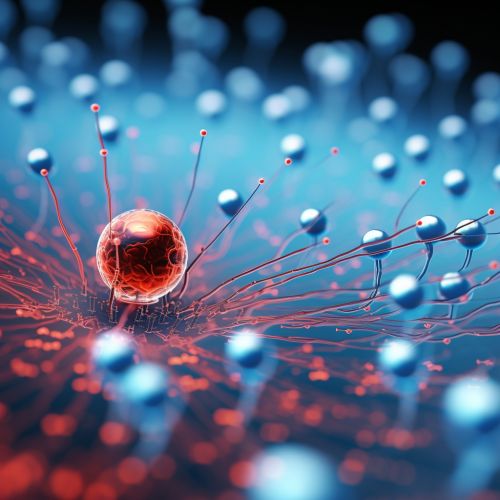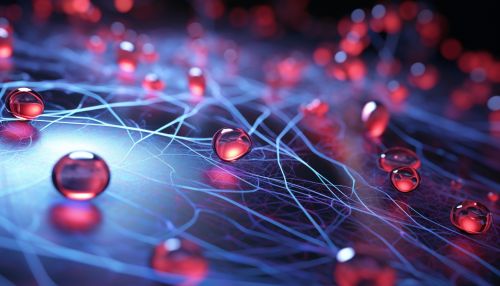Nanotechnology in Medicine
Introduction
Nanotechnology is a rapidly evolving field that has the potential to revolutionize various sectors, including medicine. The application of nanotechnology in medicine, often referred to as nanomedicine, involves the use of nanoparticles to improve the behavior of drug substances. Today, nanomedicine is used to enhance the treatment and prevention of several diseases, including cancer, neurological disorders, cardiovascular diseases, and infectious diseases.


Nanoparticles in Medicine
Nanoparticles are particles between 1 and 100 nanometers in size. In nanomedicine, these particles are used to deliver drugs, heat, light, or other substances to specific types of cells, such as cancer cells. This technique reduces damage to healthy cells in the body and allows for earlier detection of disease.
Types of Nanoparticles
There are several types of nanoparticles used in medicine, including liposomes, quantum dots, dendrimers, gold nanoparticles, and magnetic nanoparticles.
Liposomes
Liposomes are spherical vesicles that have at least one lipid bilayer. They can be filled with drugs, and used to deliver drugs for cancer and other diseases.
Quantum Dots
Quantum dots are tiny particles or nanocrystals of a semiconducting material with diameters in the range of 2-10 nanometers. They are used in medical imaging.
Dendrimers
Dendrimers are repetitively branched molecules. They have a variety of medical uses, including drug delivery and medical imaging.
Gold Nanoparticles
Gold nanoparticles are a popular choice for medical research in the targeted delivery of drugs.
Magnetic Nanoparticles
Magnetic nanoparticles are used in medical imaging and drug delivery.
Benefits of Nanotechnology in Medicine
Nanotechnology has the potential to provide significant benefits in the medical field. Some of these benefits include improved imaging, targeted drug delivery, and early detection of diseases.
Improved Imaging
Nanotechnology can improve imaging by making it possible to visualize the smallest biological structures, which can help in the early detection of diseases.
Targeted Drug Delivery
One of the most promising applications of nanotechnology in medicine is in targeted drug delivery. This technique allows drugs to be delivered directly to the diseased area, reducing the risk of side effects.
Early Detection of Diseases
Nanotechnology can also help in the early detection of diseases. For example, nanoparticles can be designed to bind to specific cells or proteins, allowing for the early detection of diseases.
Challenges and Risks
Despite its potential benefits, the application of nanotechnology in medicine also comes with challenges and risks. These include potential toxicity, environmental impact, and ethical issues.
Potential Toxicity
One of the main concerns with nanotechnology in medicine is the potential for toxicity. Because nanoparticles are so small, they can easily enter cells, potentially causing damage.
Environmental Impact
The environmental impact of nanotechnology is another concern. The production and disposal of nanoparticles can have negative effects on the environment.
Ethical Issues
Ethical issues also arise with the use of nanotechnology in medicine. These include issues related to privacy, consent, and the potential for misuse of this technology.
Future of Nanotechnology in Medicine
The future of nanotechnology in medicine is promising. With further research and development, nanotechnology could revolutionize the way we diagnose and treat diseases. However, it is crucial to address the potential risks and challenges associated with this technology to ensure its safe and effective use.
